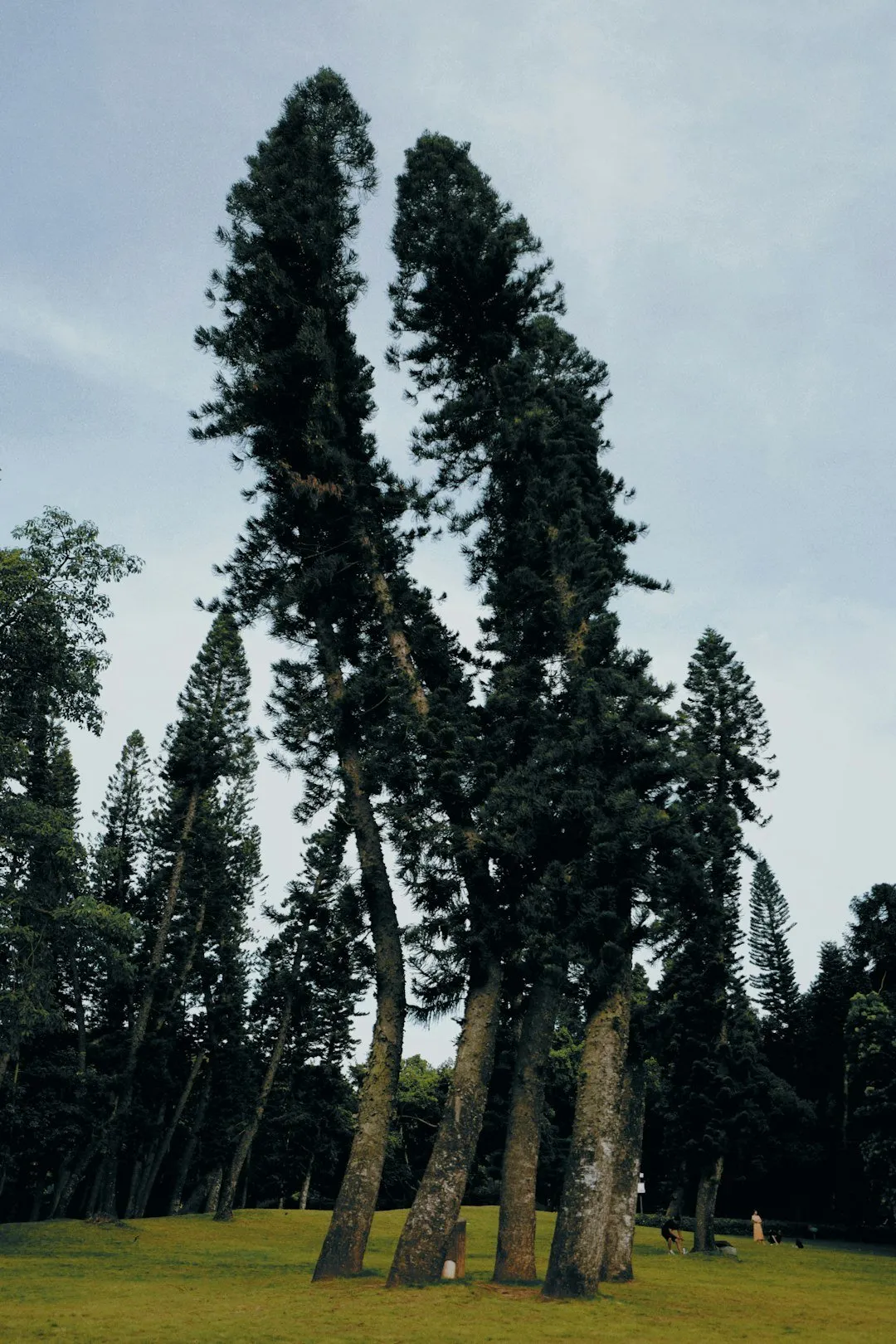Vietnam's lush tropical forests provide ideal conditions for cultivating high-quality kratom leaves, which are traditionally brewed into Kratom tea ("phin kratom"). Local farmers employ sustainable cultivation and hand-picking methods to ensure purity. This time-honored process gently extracts alkaloids offering potential therapeutic benefits while preserving a centuries-old cultural practice that fosters social connections through communal tea ceremonies.
“Vietnam Kratom Leaves: Unraveling Nature’s Gift from the Heart of Southeast Asia. This comprehensive guide delves into the rich history and diverse sources of Vietnam kratom, exploring its cultural significance in traditional practices. Learn how to brew the perfect kratom tea with expert techniques, from optimal brewing methods and water temperatures to avoiding common mistakes. Discover the unique effects and potential benefits of Vietnamese kratom strains while adhering to safety guidelines for responsible use.”
- The History and Sources of Vietnam Kratom Leaves
- – Where and how Vietnam Kratom is grown
- – Traditional uses and cultural significance
The History and Sources of Vietnam Kratom Leaves

Vietnam Kratom leaves have a rich history deeply rooted in the country’s cultural and medicinal practices. For centuries, the indigenous people of Vietnam have utilized kratom (Mitragyna speciosa) for its therapeutic properties, incorporating it into traditional herbal remedies and ceremonial rituals. The plant thrives in the lush tropical forests across various regions, with specific strains varying in potency and composition depending on geographical location.
The source of Vietnam Kratom leaves lies in these remote areas, where local farmers have honed their knowledge and techniques for sustainable cultivation. These leaves are carefully hand-picked, ensuring quality and purity, before being processed to extract the essential compounds responsible for their renowned effects when brewed as kratom tea. This traditional preparation method allows for a gentle infusion of the plant’s alkaloids, offering a range of potential therapeutic benefits.
– Where and how Vietnam Kratom is grown

Vietnam is renowned for its rich and diverse ecosystem, which has fostered the cultivation of high-quality kratom leaves. The country’s tropical climate, particularly in the southern regions, provides an ideal environment for the growth of this exotic plant. Kratom trees thrive in well-drained soil with ample sunlight and moisture, making Vietnam’s agricultural landscape a perfect fit. Farmers here employ traditional methods, allowing the plants to flourish naturally without synthetic interventions.
The process begins with carefully selected kratom strains, which are then cultivated in vast, lush green fields. Local farmers meticulously nurture the trees, ensuring optimal conditions for leaf production. Once mature, the delicate leaves are hand-picked, preserving their potency and freshness. These leaves can be brewed into a soothing Kratom tea, offering a range of potential health benefits. Vietnam’s unique cultivation practices contribute to the superior quality and popularity of its kratom products worldwide.
– Traditional uses and cultural significance

In Vietnam, kratom leaves have been deeply ingrained in traditional culture and medicine for centuries. Beyond its modern reputation as a stimulative or relaxing herb, depending on the strain and preparation, kratom has historically served diverse purposes within communities. Often brewed into tea, kratom was traditionally used for pain relief, fatigue reduction, and even as an alternative treatment for certain ailments. Its social significance is also notable; sharing a cup of kratom tea is often a communal act, fostering connections and camaraderie, much like the ritualistic brewing and sharing of tea in many other cultures.
The preparation of kratom tea, known as “phin kratom” in Vietnam, involves carefully steeping the leaves in hot water to extract their potent compounds. This traditional method allows for a gentle and nuanced experience compared to other consumption forms. The ritual and social aspect of brewing and sharing this tea have contributed to its enduring cultural significance, making it more than just a herbal remedy but an integral part of Vietnam’s rich botanical heritage.
Vietnam Kratom leaves, with their rich history and cultural significance, offer a unique and potent experience for those looking to brew kratom tea. The lush landscapes of Vietnam provide an ideal environment for sustainable cultivation, ensuring high-quality leaves. From traditional medicinal uses to modern-day wellness practices, kratom continues to be a beloved herb among locals and enthusiasts worldwide. Exploring the art of brewing Kratom tea from these exquisite leaves opens doors to a calming and energizing experience, allowing individuals to connect with nature’s gifts in a profound way.














